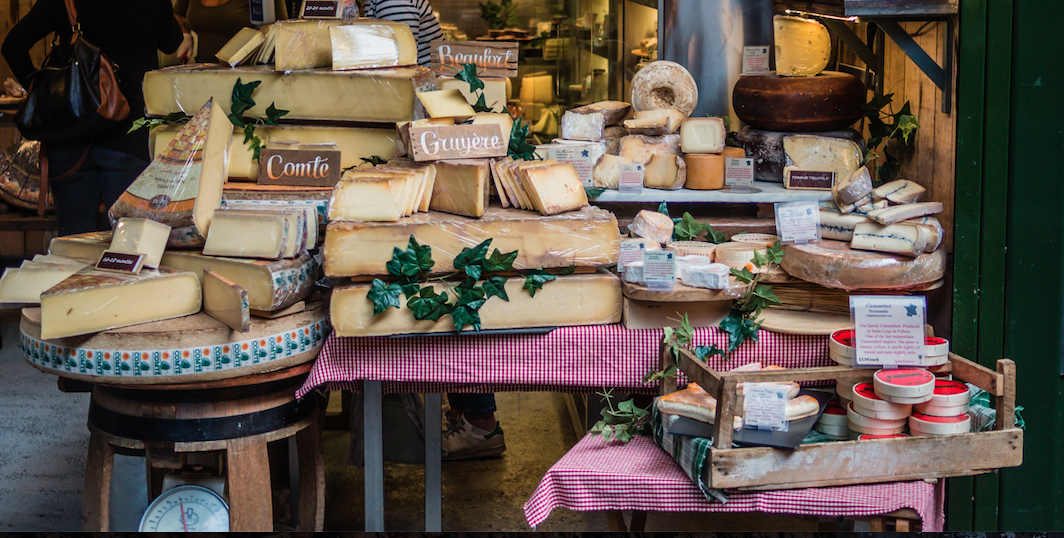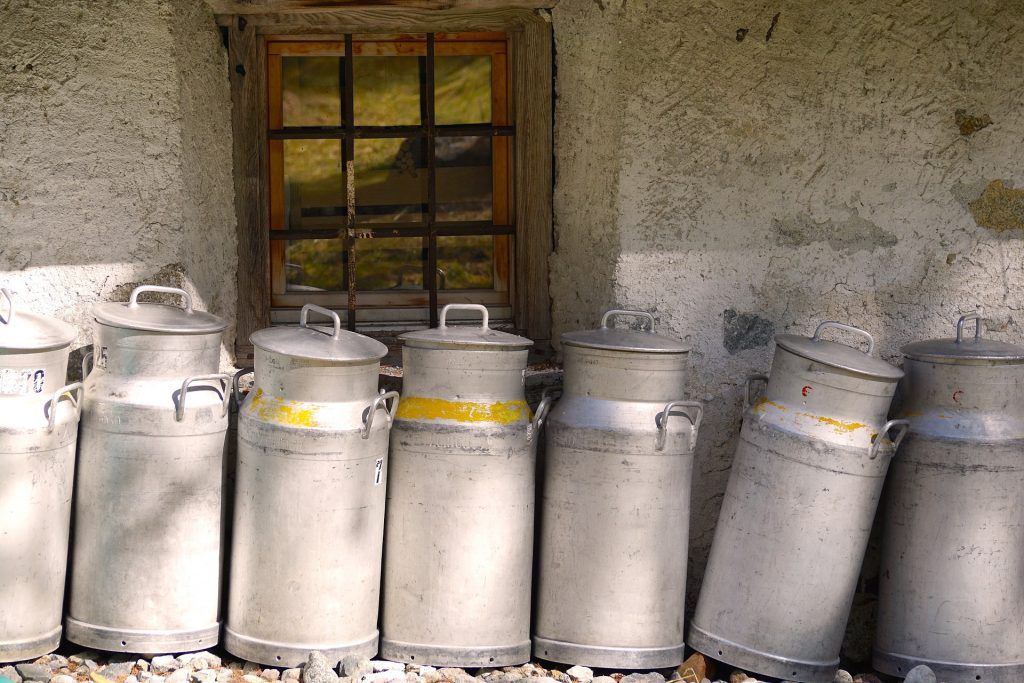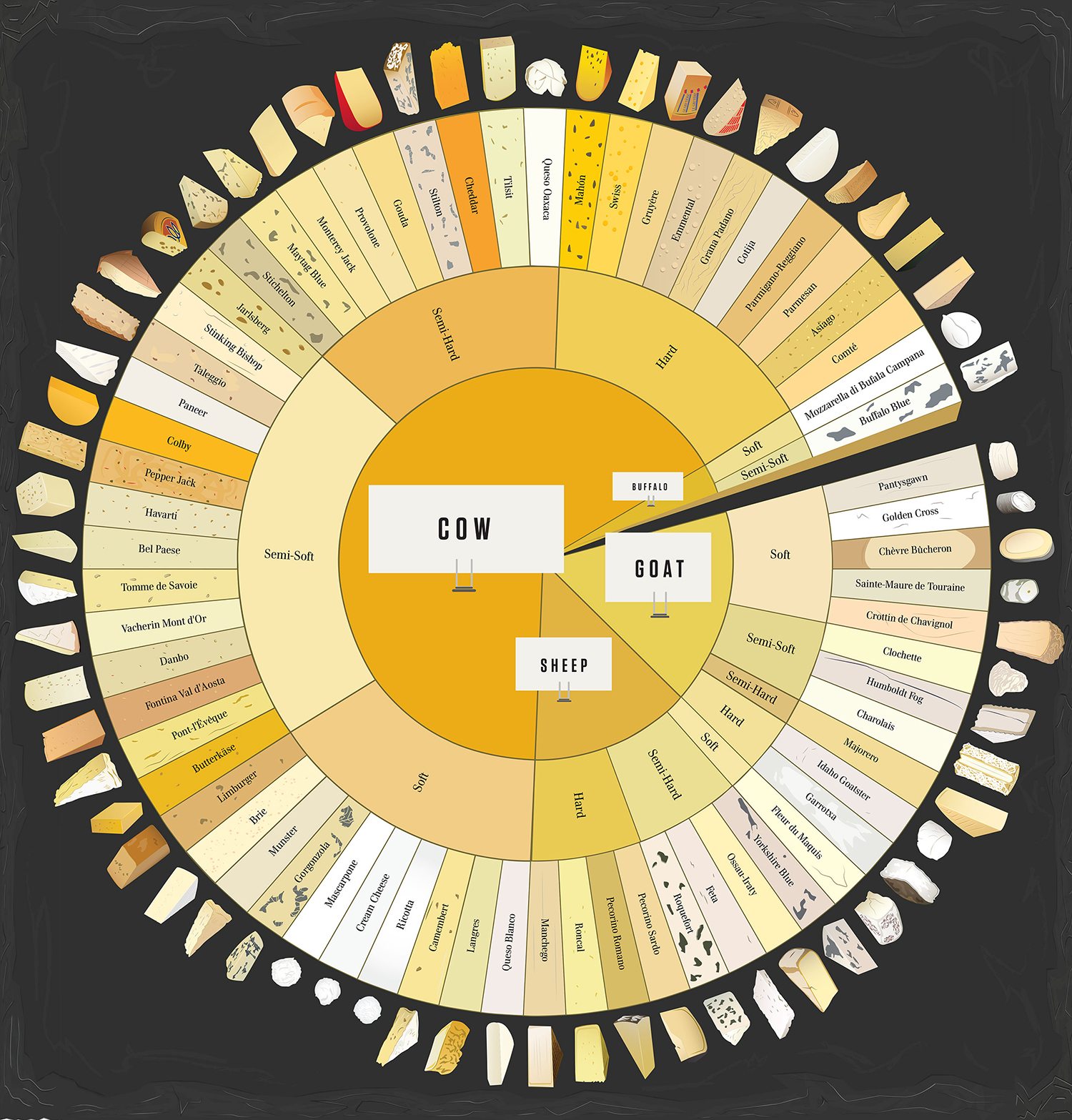The cheese is the king of the dairy products, full of highly beneficial properties for our health and with thousands of varieties to choose from, but how can we differentiate them? There are many types of cheese all over the world and they are differentiated by the origin of the milk, the elaboration process and the texture of the paste. However, what really makes each cheese unique is its ripening process, since it is at this stage that the cheese develops its own characteristics.
The first thing we have to be clear about is that no cheese is better or worse depending on the raw material used in the manufacture or ripening time, they are simply different and that is what makes them unique.

We will begin our classification with the raw material, milk.
- Cheeses with sheep’s milk
sheep’s milk
are generally creamier and more aromatic. They contain a higher level of fats and vitamins than the rest, since this type of milk is very nutritious and beneficial for the cardiovascular, immune and nervous systems. - Goat milk cheeses: creamy, soft and with a strong smell and flavor. Acidic in nature due to the fatty acids it contains. Recommended for low potassium diets.
- Cow’s milk cheeses: these are the most common, because cows produce a larger daily quantity of milk and therefore, more cheeses can be produced. They have a milder flavor and less fat than the rest because it is common to use skim milk, however, fat is one of the elements that most influence flavor and using skim milk is synonymous with loss of flavor.
- Cheeses with buffalo milk: this type of milk has a peculiar flavor, slightly sweetened and very white in color.

From this classification, there are many others to differentiate between the different types of cheese, such as according to the cheese production process. processing, texture of the dough, texture of the interior, type of rind, fat… but we wanted to highlight the infographic we have found (in English) published by Sammy Medina where you can see in a very visual way up to 66 different types of cheese. We know that there are many types missing and especially Spanish ones, but this is a very simple way to understand the classifications of these dairy products.

This infographic offers a radial classification where the first hierarchy is the type of milk.
milk
and from there they are divided by the type of texture and appearance.
It is a way to get started in the world of cheese and learn a little about the characteristics to begin to distinguish the different types of cheese that we are so passionate about.
